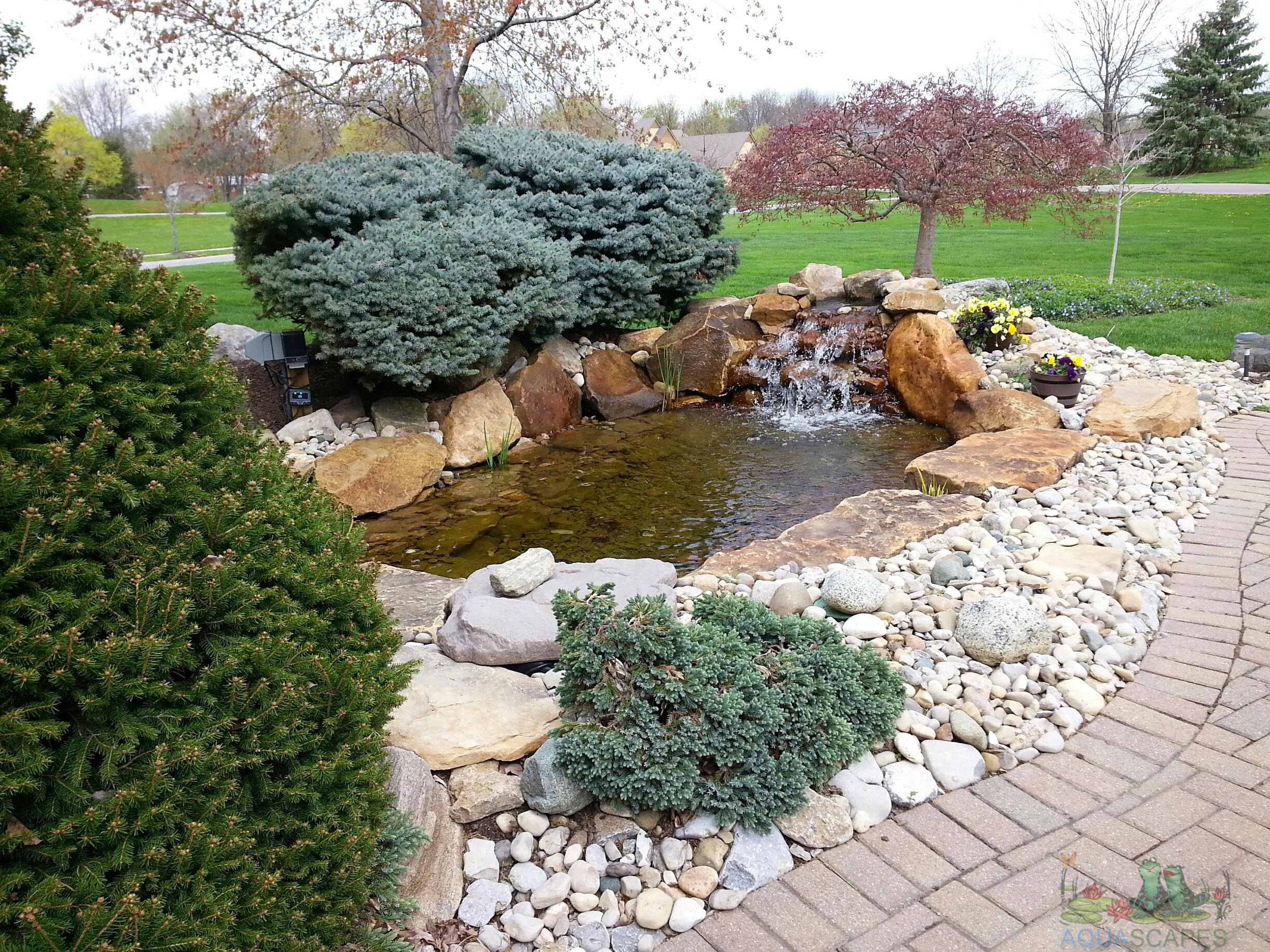As the ice thaws and the days grow longer, pond owners know it’s time to get their hands dirty and start the spring cleaning process. Spring is the ideal time to give your pond a thorough cleaning and maintenance check to ensure it thrives throughout the warmer months. This blog post will guide you through a comprehensive spring cleaning routine for your pond, ensuring that your water feature remains a vibrant and healthy part of your garden.
1. Inspect and Clean the Pond Liner
Start by draining the pond water and removing any fish or plants to a safe holding tank. Inspect the liner for any signs of damage such as tears or punctures. Clean the liner with a pond-safe cleaner or a simple mixture of water and vinegar to remove any algae or residue buildup. Rinse thoroughly to ensure no cleaning agents remain.
2. Remove Debris and Sludge
Over the winter, leaves, twigs, and other organic matter can accumulate in your pond, turning into sludge that can suffocate the pond life. Use a pond vacuum or a net to remove this debris from the bottom of the pond. This will help improve water quality and reduce the risk of harmful gases and toxins that can develop from decaying organic material.
3. Trim and Replant Aquatic Plants
Evaluate your aquatic plants. Remove any dead or dying parts and divide overgrown plants to keep them healthy and vibrant. This is also a good time to replant or rearrange your pond plants to ensure they have enough space to flourish. Adding new plants can also enhance the ecological balance and aesthetics of your pond.
4. Service Your Filtration System
The filtration system is crucial for maintaining clear and healthy water. Disassemble and clean all parts of your pond filter, including pumps, skimmers, and UV clarifiers. Check for any wear and replace parts as necessary. This ensures that your filtration system operates efficiently, keeping the water clean and clear.
5. Refill and Treat the Water
After cleaning, slowly refill your pond, preferably with treated or aged water to reduce the risk of chlorine or chloramines harming your aquatic life. Adjust the water’s pH and other parameters if necessary. Use a dechlorinator if you’re using tap water to make it safe for pond life.
6. Reintroduce Fish and Plants
Before putting your fish back into the pond, ensure the water temperature and chemistry are suitable for their return. Gradually acclimate your fish to the new pond conditions by floating them in bags filled with their original water, slowly mixing in pond water over the course of an hour. This helps prevent shock from sudden changes in temperature and water chemistry.
7. Restart Your Pond Equipment
Once everything is in place, restart your pumps, filters, and other equipment. Check for proper flow and adjust as needed. Make sure all electrical connections are secure and water-tight to ensure safe operation throughout the season.
8. Monitor Water Quality
In the weeks following your spring cleaning, monitor the pond’s water quality closely. Keep an eye on levels of ammonia, nitrite, and nitrate, as well as pH and oxygen levels. Regular testing helps you make necessary adjustments to maintain a healthy environment for your pond’s inhabitants.
Spring cleaning your pond can be a rewarding endeavor that sets the stage for a season of enjoyment watching your water feature thrive. By following these steps, you ensure that your pond remains a beautiful and healthy environment for all its aquatic and plant life, enhancing the overall appeal and vitality of your garden.

